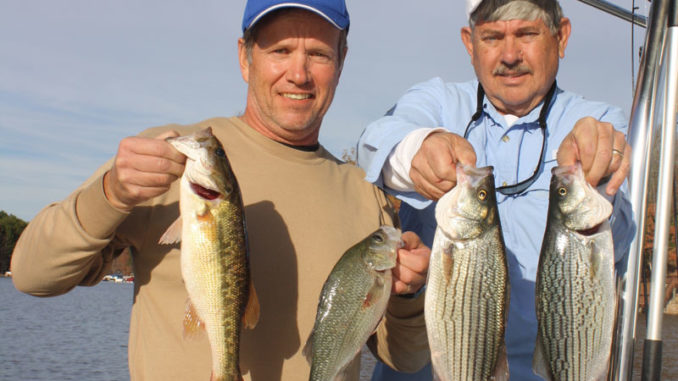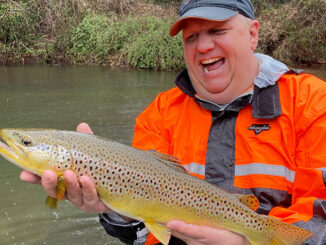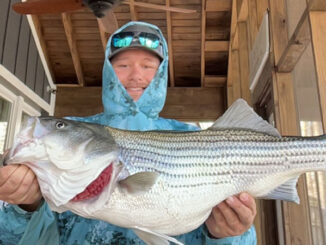
The N.C. Wildlife Resources Commission put a great deal of effort into maintaining the put-and-take striped bass fishery in Lake Norman, but to no avail, finally giving up in 2012.
Norman’s stripers struggled to survive whenever water temperatures passed 90 degrees, a frequent occurrence in July and August. Low dissolved oxygen levels didn’t help either.
The decision left Norman fishermen disheartened, though they generally concurred, having witnessed stripers floating belly up after summer fish kills.
The curtailed fishery threatened the livelihood of striper guides, some of whom diversified and started offering trips for other species.
The Commission saved them when it opened a hybrid bass stocking program in 2012, with the first stocking of 167,500 fingerlings in 2013.
The hybrid bass is a hatchery cross between a female striper and a male white bass, and it looked like a promising addition to the fishery. A hybrid is a fast-growing, open-water fish that travels and feeds in schools.
They can withstand higher water temperatures and lower dissolved-oxygen levels than stripers. They have a life span of five to six years often obtaining double-digit weights. The state record of 17 pounds, 7 ounces, was taken from Lake Chatuge in 1996.



